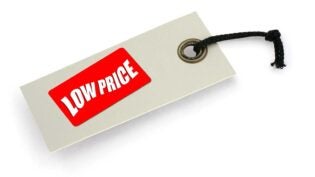
There is a rarely-used twist that makes lots of sense. Add a new row at the bottom of the spreadsheet. Project your revenues and costs as in the original exercise. Then consider that an operating entity should be able to generate a ten percent operating profit based upon revenues, and add a row to your spreadsheet immediately below “operating profit” that calculates 10% profit from sales each month. Compare that with the operating profit as calculated, which surely will be lower, probably negative, for months or even years. The difference is something new—a target for reduction of expenses or addition to revenue for each month in which the calculated number is lower than 10% of revenues.
We are not taught to think this way, but rather to find the month in which we break even in our plan, then calculate the accumulated losses to that point, add all the cash needed for investment in fixed assets, and end up with the amount needed to finance the business to breakeven through equity or debt financing. This new tool gives you that number plus the amount needed to make the business a viable entity with a chance of long term survival. The longer the time it takes to break even, the higher the number of dollars needed. Sometimes, the difference is a reminder to consider a reduction of expenses, if revenues cannot be raised from projected levels.
And sometimes, it is just a reminder that we are all in business to make money, not to break even. Just like assuring that your own at-market salary is included in a forecast even if not drawn in cash during the earliest periods, the 10% target reminds us all that the target must be higher than merely breaking even, even if that means reassessing all expenses until the target is met or exceeded.
This article was originally published by Berkonomics
1903 Views












